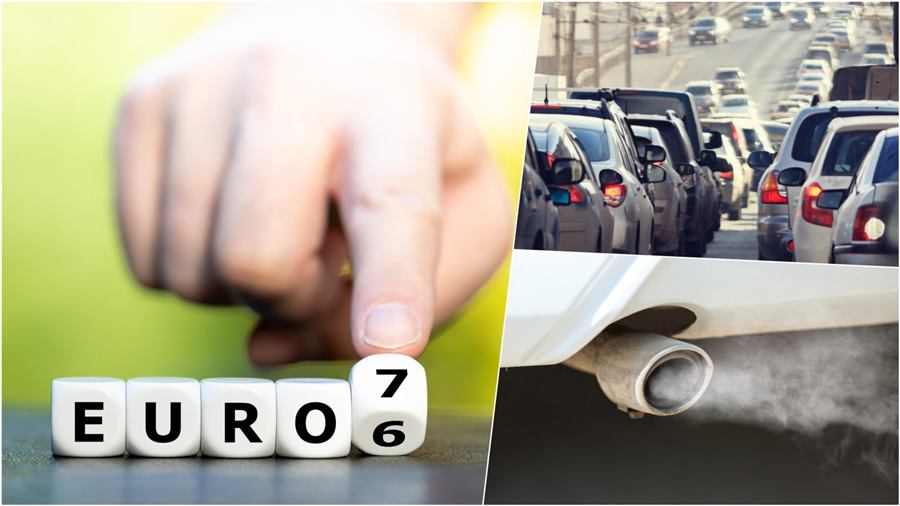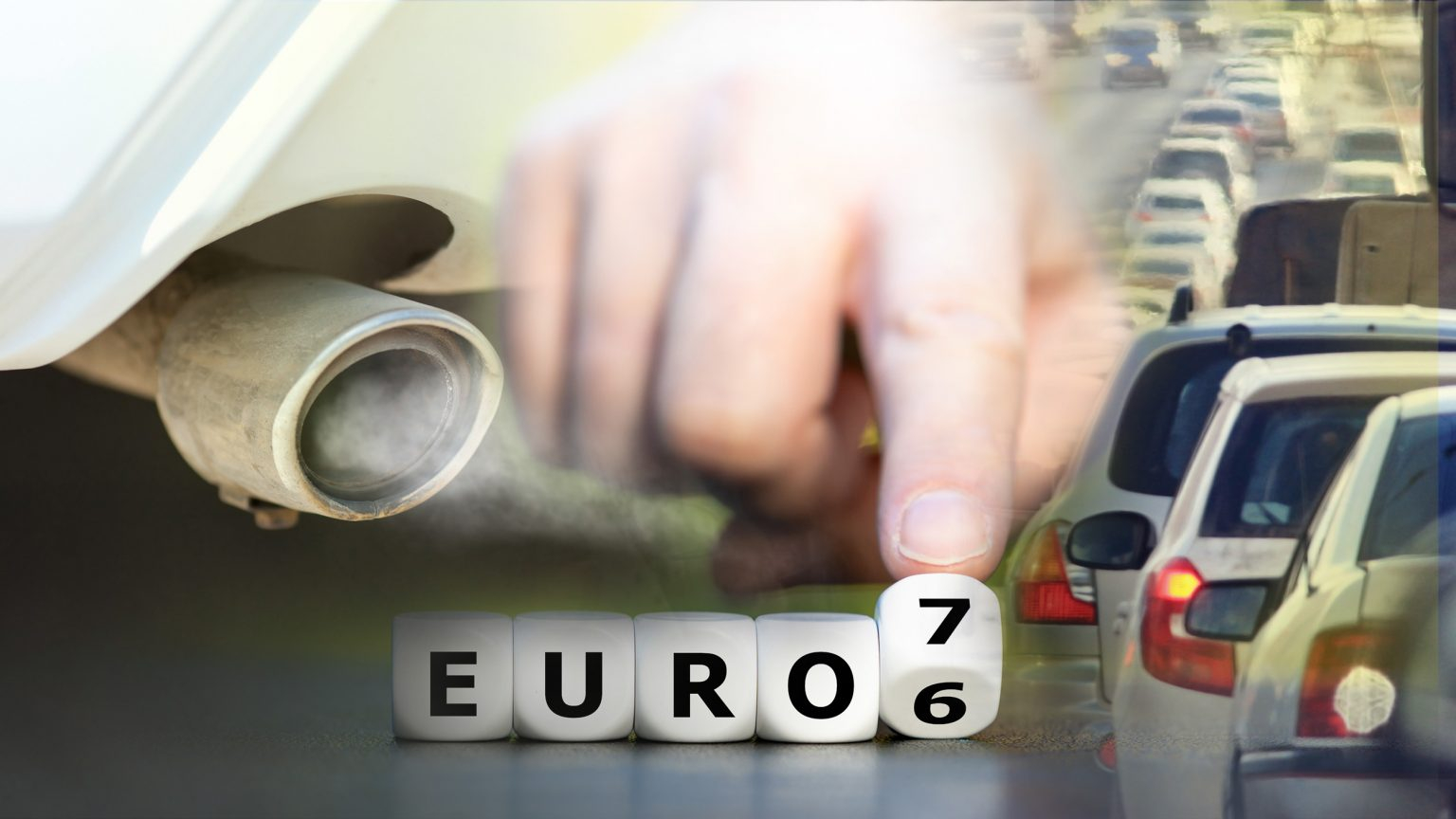Euro 7 standard
-
Euro 7 rules will be published tomorrow, here's what's changing

The new rules on emissions of harmful gases, whose presentation has already been delayed several times, should see the light of day on Wednesday, according to the announcement of the European Commission. It is a set of rules that will be much stricter than the Euro 6 standard, and implementation is expected after 2025.
New regulations in the form of the Euro 7 standard will limit the emission of harmful pollutants such as PM particles, hydrocarbons and carbon monoxide from petrol and diesel cars and trucks. In this way, the existing Euro 6 regulations, which have been in force since 2014, will be replaced.
Euro 7 will most likely define the pollution parameters for the last generation of internal combustion engines in Europe, because the EU plans to sell only zero-emission vehicles from 2035. Although the European Commission has announced that it will publish the new Euro 7 regulations on Wednesday, October 12, we still cannot say with certainty that this will happen.
Many manufacturers are skeptical about the new regulations, because their fulfillment requires a huge amount of money in the form of investments towards the development of SUS engines, which are going to be retired soon anyway. Certain car brands have already announced full electrification at the end of this decade, so they expressed their dissatisfaction with the timing of the introduction of new, much stricter rules on the emission of harmful gases.
-
The new Euro 7 standard has been introduced, here's what it means for drivers

At the end of last week, the European Commission proposed a regulation with new rules for reducing emissions from motor vehicles called Euro 7, which for the first time regulate the emissions of particles and microplastics that arise from the use of tires and brakes.
The new Euro 7 norm will replace the previous one, which has separate rules for emissions from cars and light commercial vehicles (Euro 6), and for trucks and buses (Euro VI).
The new Euro 7 standard introduces a single set of rules for limiting emissions for all motor vehicles. The new standard sets the same emission limits for all vehicles regardless of whether the vehicle uses gasoline, diesel, electric propulsion or alternative fuels. The draft regulation includes emissions from exhaust pipes, as well as brakes and tires.
This means that producers, and therefore buyers, will have a higher cost when producing, that is, buying, above all, diesel cars, which will now have to reach a slightly lower level of exhaust gases of gasoline cars.
All new cars on the European Union market will have to have zero CO2 emissions from 2035, but more than 20 percent of cars and vans, as well as more than half of heavy vehicles in 2050, are expected to still emit gases from their tailpipes.
Unlike internal combustion engines, electric vehicles have no exhaust fumes, but they still cause pollution from brakes and microplastics from tires. The new rules set additional limits on particulate emissions from brakes and microplastics from tires, and they will apply to all vehicles, even electric ones.
"We are the first in the world to regulate emissions from tires and brakes," said European Internal Market Commissioner Thierry Breton. The new rules also set emission limits for previously unregulated pollutants, such as nitrogen oxide emissions from heavy-duty vehicles.
As N1 writes, the European Commission believes that emissions of solid particles, which are caused by the use of brakes, will decrease by 27 percent by 2035. The plan is to reduce the emission of nitrogen oxides by 35 percent for passenger cars and vans compared to Euro 6, and by 56 percent for trucks and buses compared to the Euro VI standard.
"We cannot accept a society where air pollution is the cause of more than 300,000 premature deaths in the EU annually. The new rules will help us breathe safer and help the automotive sector become greener and more resilient," said Margrethe Vestager, Vice President of the European Commission.










